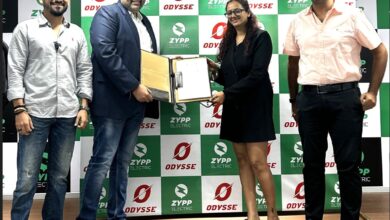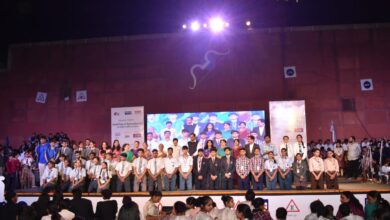Book Discussion at Ashok Club by Pick a Book (PAB) Jaipur
JALLIANWALA BAGH MASSACRE WAS PRE-PLANNED
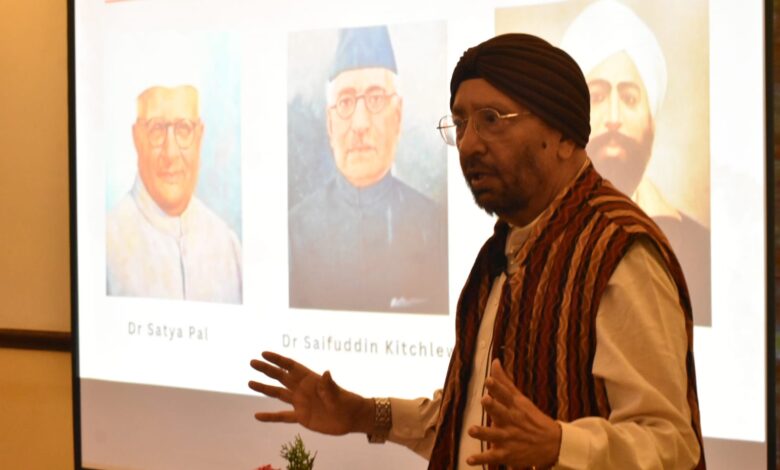
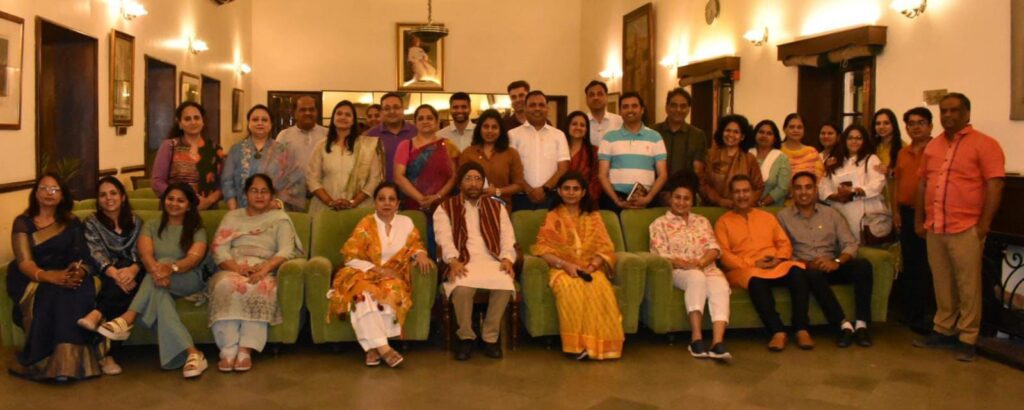 Jaipur, 14 April : The horrific Jallianwala Bagh massacre which happened on 13 April in 1919 in Amritsar was a well-planned action by General Reginald Dyer to teach Indians a lesson. Three days earlier, on 10 April, there had been a skirmish on the arrest of Dr Saifuddin Kitchlew and Dr Satya Pal in Amritsar for organising protests against the Rowlatt Act. The people wanted to give a representation to the Deputy Commissioner of Amritsar to release both of them. While trying to break the police picket on the railway over bridge , the police resorted to firing, which left around 20 Indians dead. As a reaction, 5 Europeans were killed by Indians in old Amritsar town and they burned the Town Hall and the Telegraph building.
Jaipur, 14 April : The horrific Jallianwala Bagh massacre which happened on 13 April in 1919 in Amritsar was a well-planned action by General Reginald Dyer to teach Indians a lesson. Three days earlier, on 10 April, there had been a skirmish on the arrest of Dr Saifuddin Kitchlew and Dr Satya Pal in Amritsar for organising protests against the Rowlatt Act. The people wanted to give a representation to the Deputy Commissioner of Amritsar to release both of them. While trying to break the police picket on the railway over bridge , the police resorted to firing, which left around 20 Indians dead. As a reaction, 5 Europeans were killed by Indians in old Amritsar town and they burned the Town Hall and the Telegraph building.
Dyer with his action at Jallianwala Bagh apparently wanted to send a message that such violence by Indians against the Europeans would not be tolerated. This was stated by Jagdeep Singh in a book presentation on Kishwar Desai’s ‘Jallianwala Bagh, 1919 – The Real Story’ at Ashok Club. The PowerPoint presentation on the book was organised .
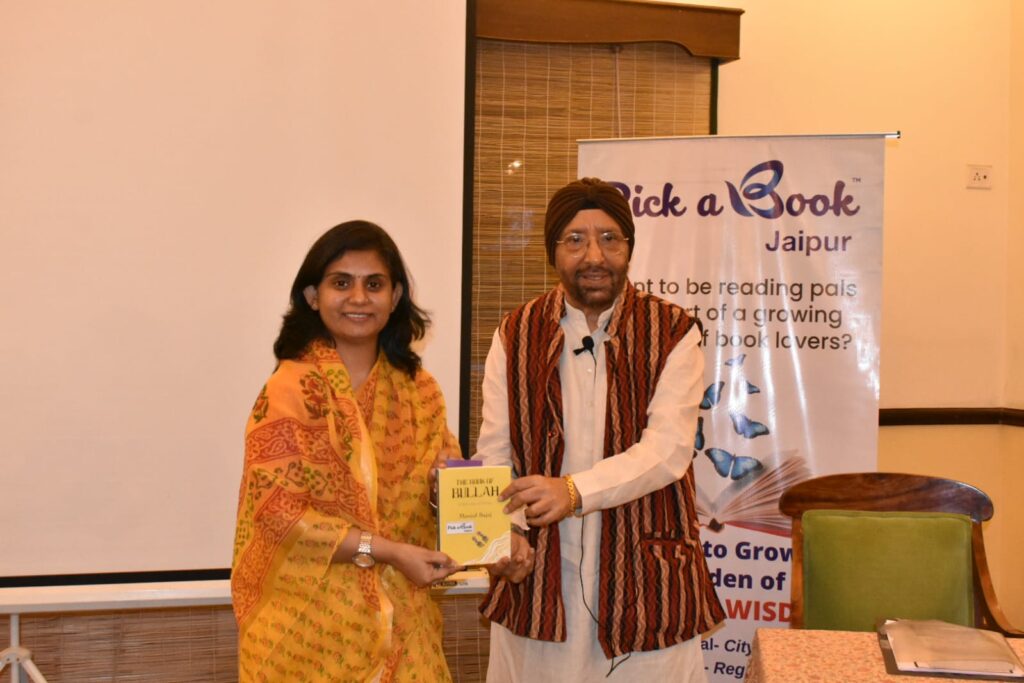 The presentation highlighted the grim fact that the firing on that fateful day on over 2500 persons assembled at the Jallianwala Bagh on the day of Baisakhi left over 1000 dead and many wounded. The official figure given by the British was much less. General Dyer had come to Amritsar on 11 April and taken over command of the army without any written or verbal orders. Though he issued a proclamation on 12 April that there was to be no meeting or gatherings, this had not been effectively communicated to the people living near Jallianwala Bagh. General Dyer took 50 soldiers who fired 1650 rounds in a span of 10 minutes on unarmed, peaceful gathering without any prior warning . Because of the curfew post 8 pm in Amritsar, the wounded could not be attended to and no medical aid was provided.
The presentation highlighted the grim fact that the firing on that fateful day on over 2500 persons assembled at the Jallianwala Bagh on the day of Baisakhi left over 1000 dead and many wounded. The official figure given by the British was much less. General Dyer had come to Amritsar on 11 April and taken over command of the army without any written or verbal orders. Though he issued a proclamation on 12 April that there was to be no meeting or gatherings, this had not been effectively communicated to the people living near Jallianwala Bagh. General Dyer took 50 soldiers who fired 1650 rounds in a span of 10 minutes on unarmed, peaceful gathering without any prior warning . Because of the curfew post 8 pm in Amritsar, the wounded could not be attended to and no medical aid was provided.
In days following the incident, Dyer subjected the Indian residents of Amritsar to different kinds of punishments, including the frightful ‘crawling order’, where Indians were made to crawl on a 150 square yards lane.
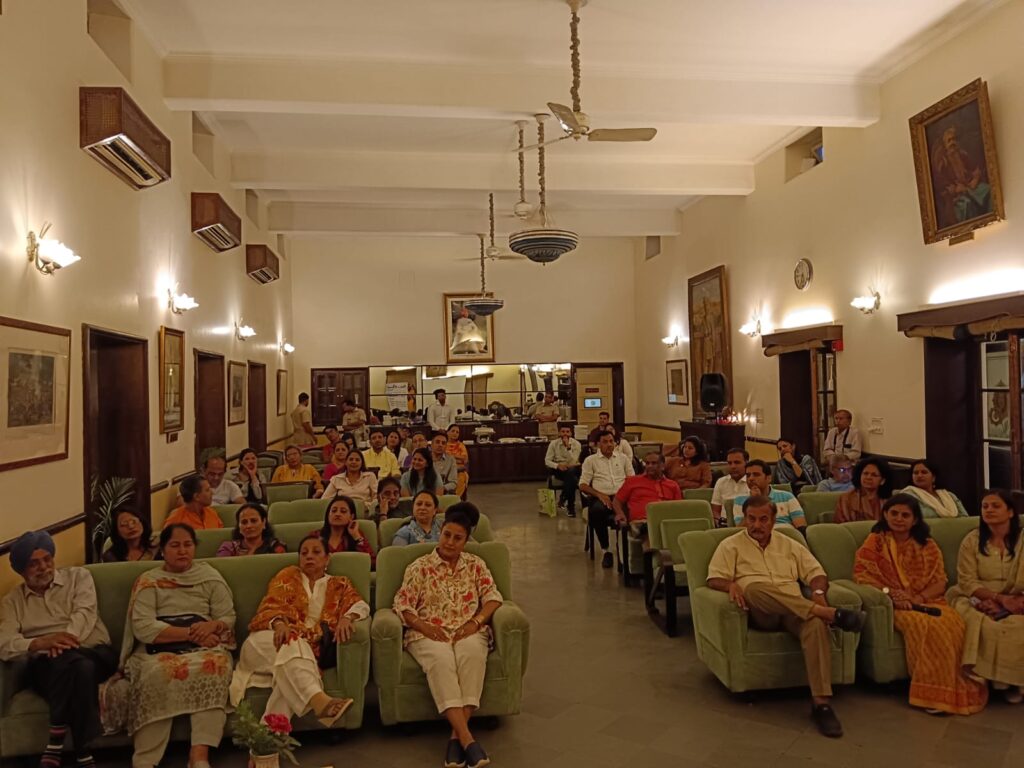 The Jallianwala firing resulted in widespread condemnation all over the world. The Freedom Struggle under the leadership of Mahatma Gandhi gained a new momentum. While the British formed the Hunter Committee to enquire, the Indian National Congress too conducted its own enquiry. Both General Dyer and Lieutenant Governor of Punjab, Michael O’Dwyer were recalled to England from India. General Dyer was asked to resign but he was not punished. Later, Britain has regretted the incident but not apologised for the same. Twenty years later Udham Singh assassinated O’Dwyer in London. It’s not confirmed but Udham Singh was perhaps present at the Jallianwala Bagh and had witnessed the massacre as a child.
The Jallianwala firing resulted in widespread condemnation all over the world. The Freedom Struggle under the leadership of Mahatma Gandhi gained a new momentum. While the British formed the Hunter Committee to enquire, the Indian National Congress too conducted its own enquiry. Both General Dyer and Lieutenant Governor of Punjab, Michael O’Dwyer were recalled to England from India. General Dyer was asked to resign but he was not punished. Later, Britain has regretted the incident but not apologised for the same. Twenty years later Udham Singh assassinated O’Dwyer in London. It’s not confirmed but Udham Singh was perhaps present at the Jallianwala Bagh and had witnessed the massacre as a child.
The presentation was followed by a Question and Answer session. Earlier, the moderation of event was done by the Regional Head of Pick A Book, Anshu Harsh. The mentor talk was given by Siddarth Sharma.


